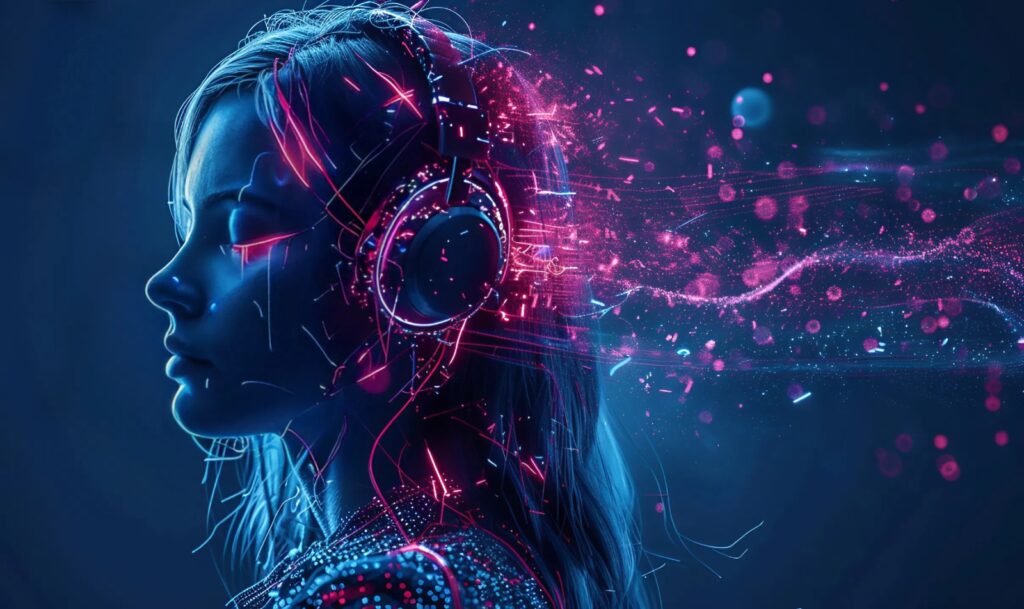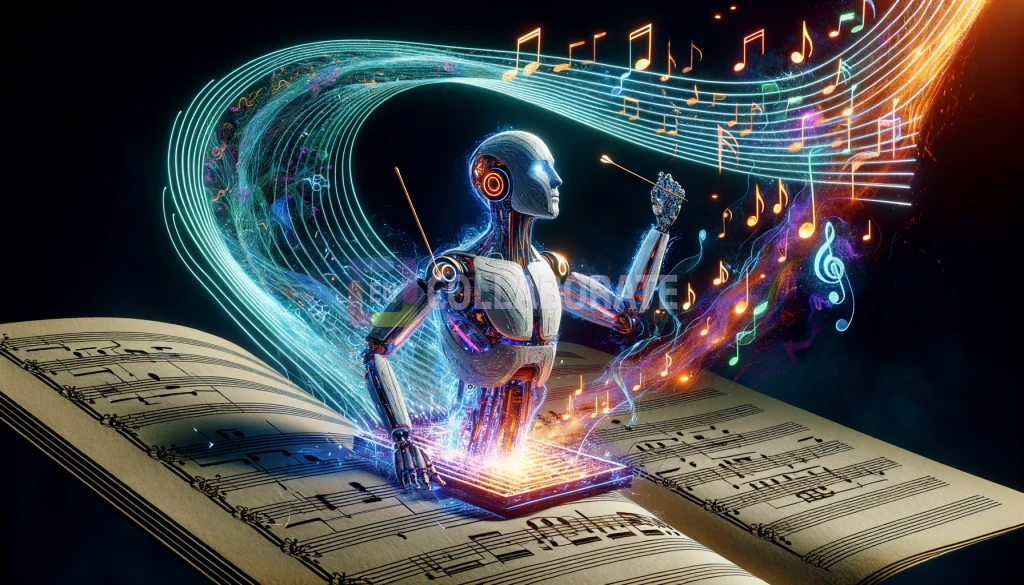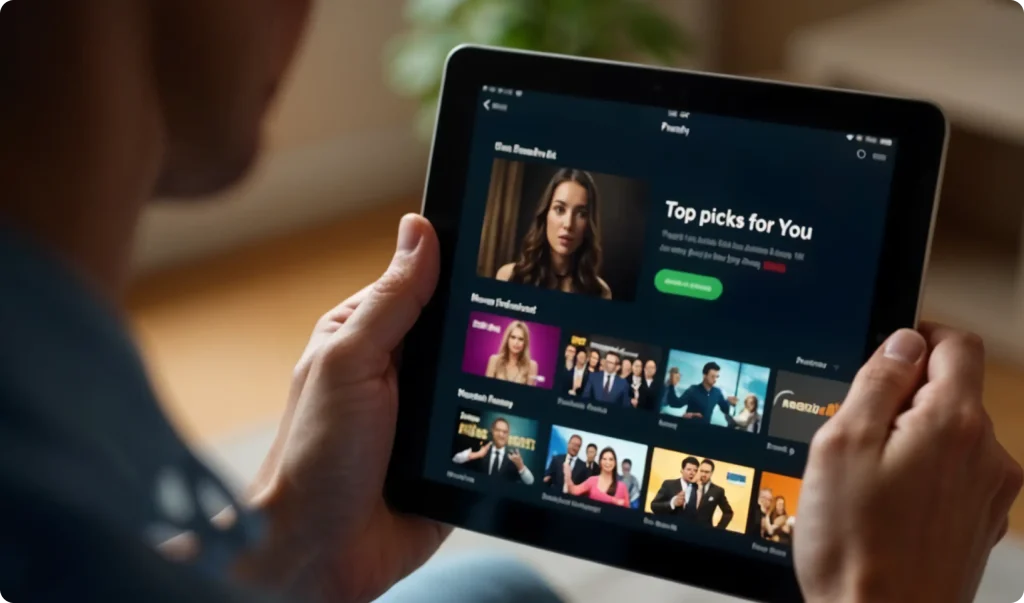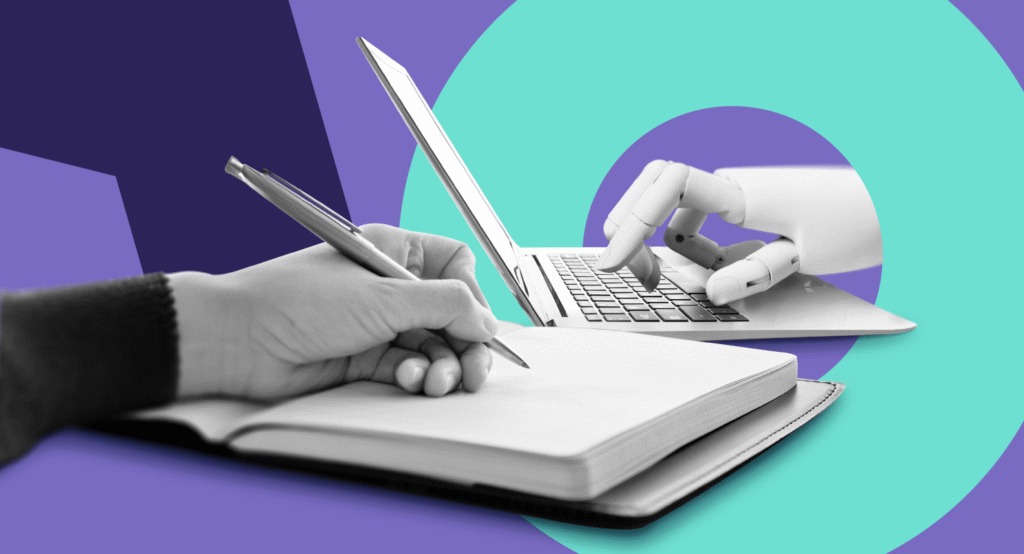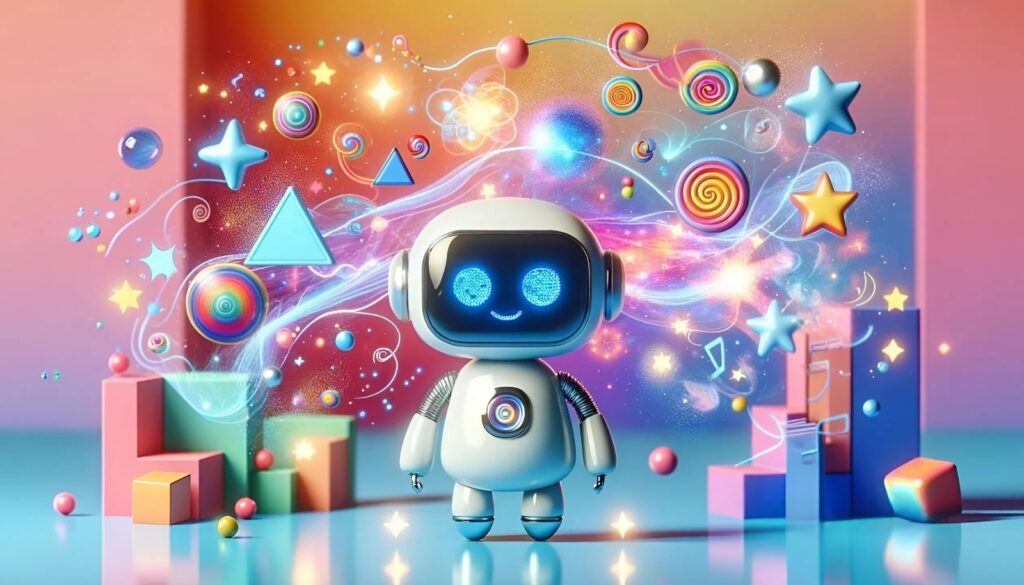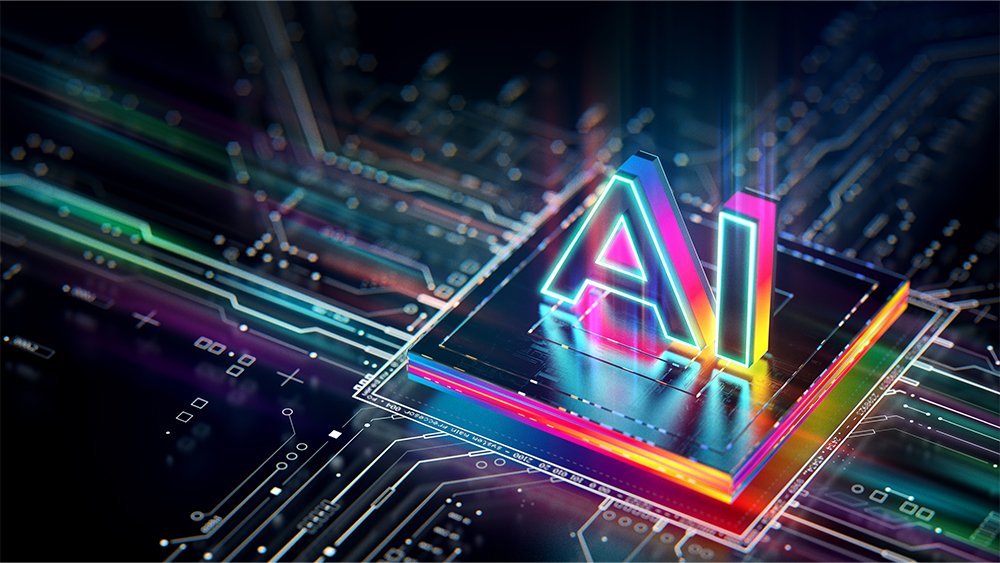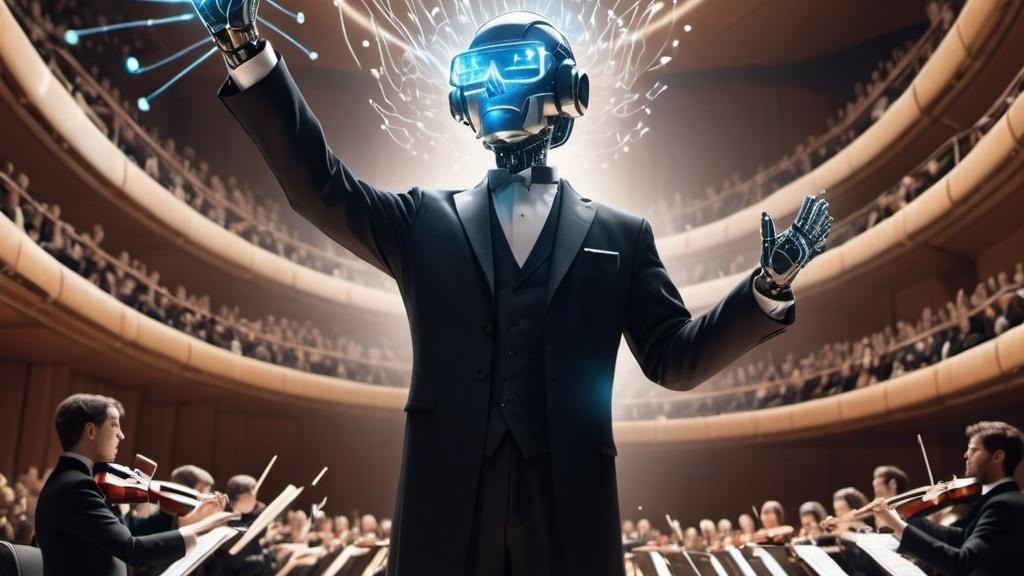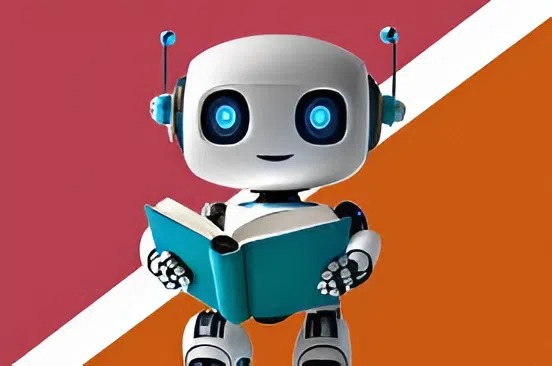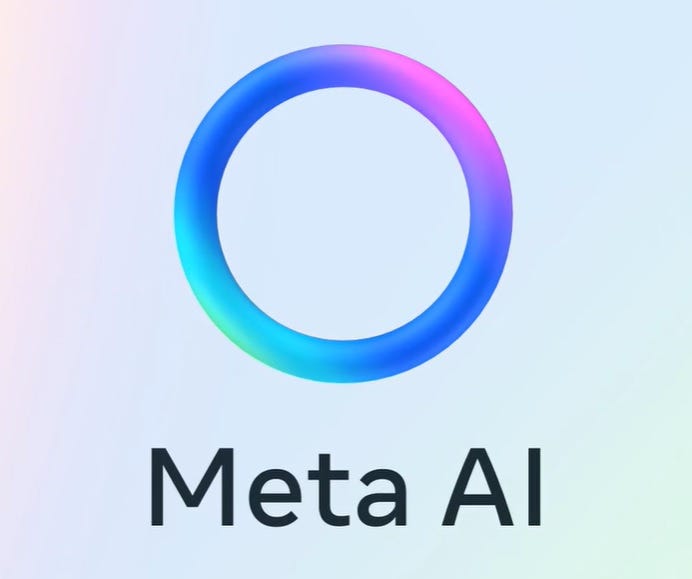AI-Powered Art: Redefining the Boundaries of Creativity
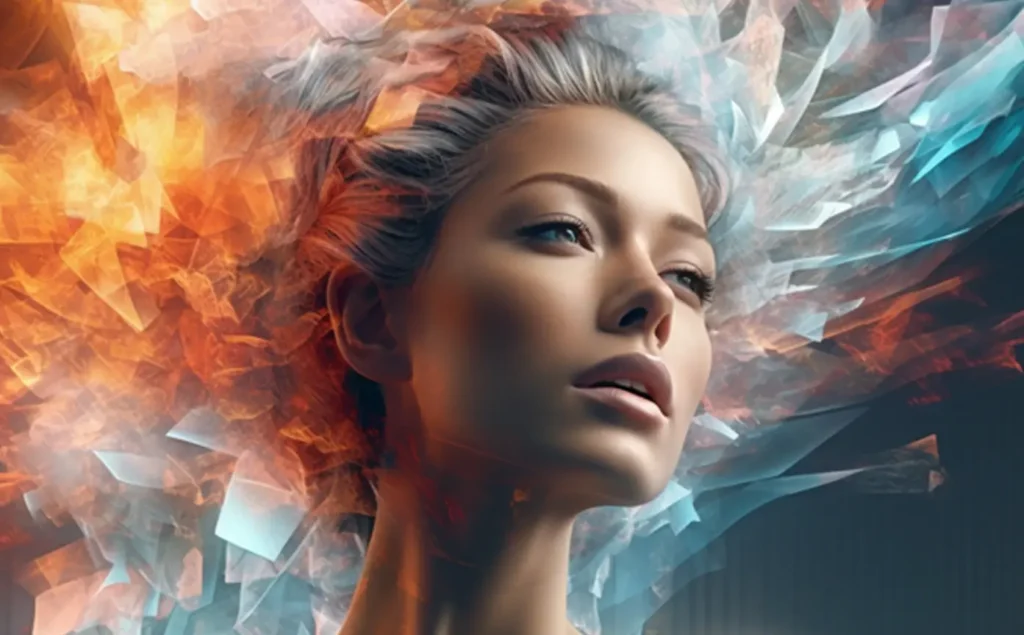
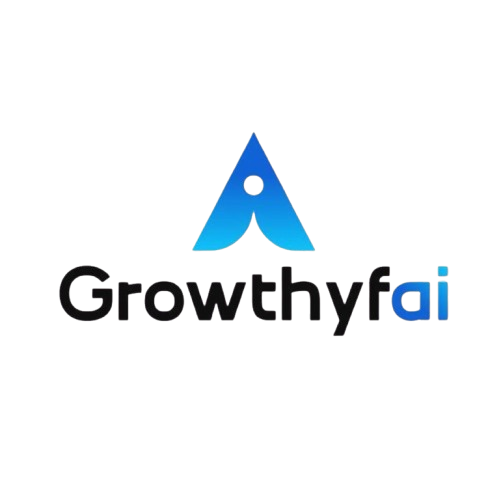
The intersection of artificial intelligence and creativity is a revolutionary frontier that challenges our traditional understanding of art. AI-powered art is not merely a passing trend; it signifies a profound shift in how we conceive, create, and evaluate artistic works. Driven by algorithms, machine learning, and neural networks, AI in art invites us to reconsider the very definition of creativity and authorship. In this exploration, we delve into how AI is transforming the artistic landscape.
Understanding AI-Powered Art
AI-powered art refers to works created with the assistance of artificial intelligence technologies. This form of art utilizes algorithms to generate visuals, music, and even written content, often with minimal human intervention. At its core, AI in art uses machine learning models that have been trained on vast datasets to produce outputs that are original yet derived from existing styles and techniques.
AI models such as Generative Adversarial Networks (GANs) have been particularly influential. GANs consist of two neural networks: the generator and the discriminator. The generator creates images, while the discriminator evaluates them, constantly learning and improving the art forms they produce. This iterative process allows for the creation of works that can challenge the imagination and even mimic human creativity.
The Role of AI in Art Creation
The use of AI in art creation isn’t limited to generating random patterns; it is about exploring new possibilities. By analyzing existing artworks and learning styles, AI can produce unique pieces that might not have been conceivable through traditional methods. AI has made it possible for artists to collaborate with technology, inviting a fusion of human creativity and machine precision.
One notable example is the AI-generated portrait “Edmond de Belamy,” which was auctioned by Christie’s for $432,500. This portrait was created by training an AI model on a dataset of classical portraits. The result was an artwork that intrigued art enthusiasts and critics alike, raising essential questions about originality and authenticity in artistic expression.
AI art can also democratize art creation. Tools like DeepArt, RunwayML, and Google’s DeepDream allow individuals with little to no artistic background to create compelling visuals. By breaking down the barriers of skill and expertise, AI makes art accessible to a broader audience.
AI as a Creative Collaborator
AI is not just a tool but a collaborator in the artistic process. Artists have started exploring AI as an integral part of their creative endeavors, using it to augment their own skills rather than replace them. For instance, Italian composer Ludovico Einaudi has experimented with AI to compose music, blending human emotion with machine precision.
AI-powered programs can also assist writers by suggesting plot developments or refining prose. ScriptBook, for example, uses AI to analyze and predict the success of screenplays, offering writers insights that might enhance their storytelling. By serving as a muse, AI pushes artists to explore unconventional ideas and unlock new creative potential.
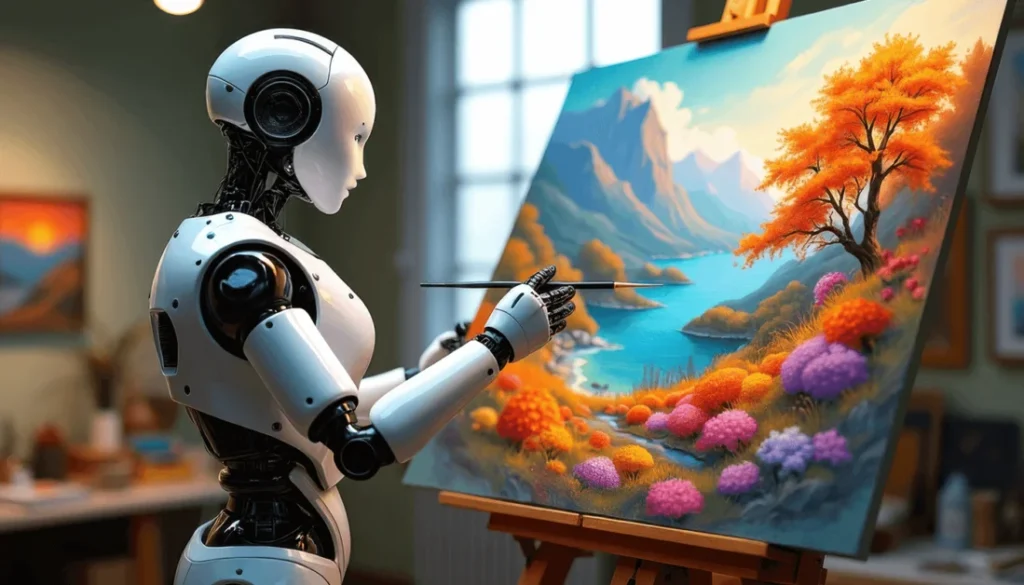
Impact on the Art Market
AI-powered art is making waves in the art market, challenging traditional perceptions of value and authenticity. As AI-generated works gain popularity, they also gain commercial viability. Art collectors and investors are starting to recognize the potential of AI art, which has led to new opportunities and challenges in the art market.
Blockchain technology is emerging as a solution to authenticate and trace the provenance of digital artworks, including those created by AI. Platforms like Verisart and Ethereum-based marketplaces are being used to register and sell AI-generated art, ensuring creators receive recognition and compensation. This intersection of AI and blockchain technology may redefine ownership in the digital age.
The Ethical Considerations
While the rise of AI in art is exciting, it also raises ethical concerns. Questions of authorship and ownership dominate the discussion, as AI operates in a gray area where credit and accountability are complex. If an AI creates an artwork, who rightfully assumes authorship? The programmer, the user, or the AI itself?
Furthermore, there are concerns about the datasets used to train these AI models. Artists may find their styles replicated without consent or compensation, leading to debates on intellectual property rights. Ensuring ethical use of AI in art involves navigating these challenges responsibly, with consideration for creators’ rights and cultural sensitivities.
The Future of AI-Powered Art
As AI technology continues to advance, its integration into art will likely become more sophisticated and nuanced. Future developments might enable AI to create artworks with deeper emotional resonance, pushing the boundaries of what we currently understand as creative expression.
Moreover, AI can serve as a catalyst for cross-disciplinary collaborations, intersecting art with science, technology, and philosophy to produce innovative works. In educational contexts, AI may play a role in teaching creativity, providing new generations with tools to express themselves in unprecedented ways.
AI-powered art invites us to reflect on the nature of creativity itself. As we continue to engage with this transformative force, we are challenged to redefine creativity, acknowledging both human ingenuity and the new dimensions that AI brings.
Conclusion
The advent of AI-powered art is redefining the boundaries of creativity, pushing traditional definitions and inviting us to explore uncharted artistic territories. As an emerging discipline, AI art offers exciting possibilities for collaboration, democratization, and innovation. While ethical and legal challenges persist, the potential for AI to reshape the art world is undeniable. In embracing AI, we have the unique opportunity to expand our creative horizons, blending human intuition with machine intelligence to create art that truly resonates with the complexities of modern life.

